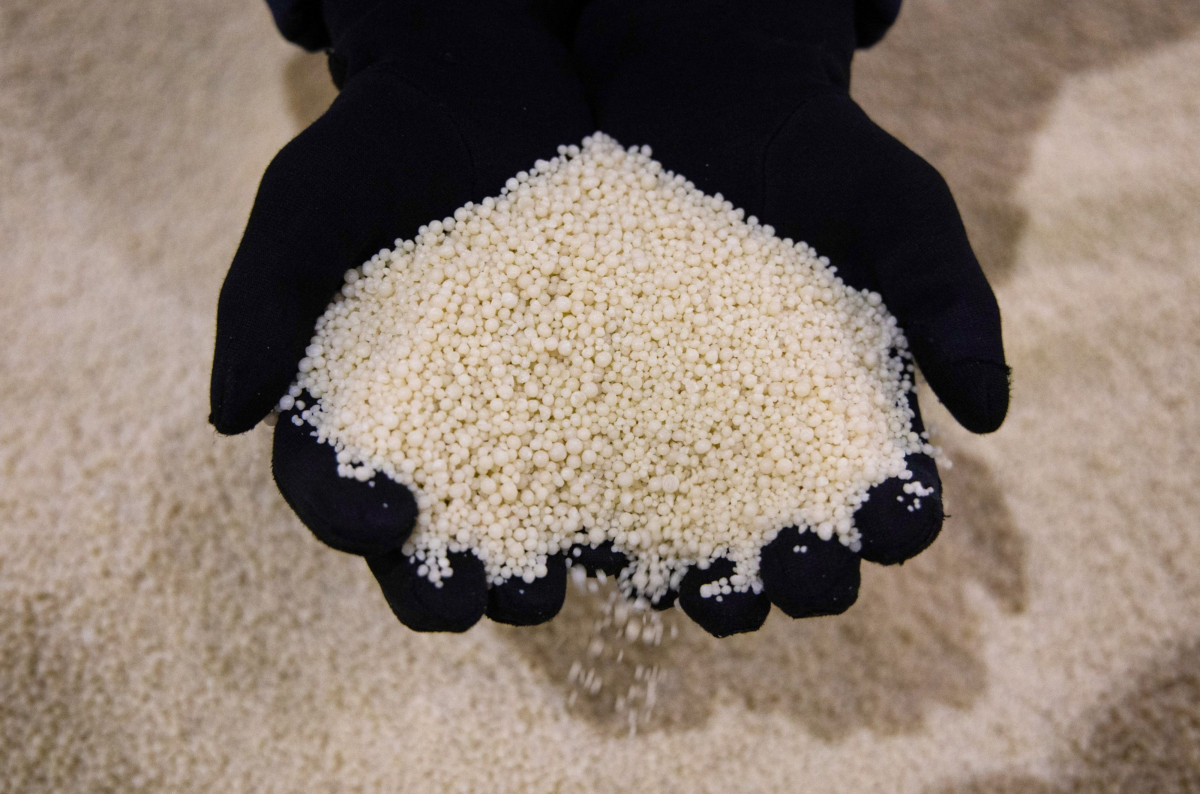Russia intends to establish a “grain exchange” with BRICS nations, aspiring to use this trade alliance of nine emerging countries to challenge Western dominance in agricultural trade.
While the officially declared purpose of the inter-bloc grain exchange is to facilitate trade between BRICS member states, analysts say that the new alliance actually aims to become an analogue of the Organization of the Petroleum Exporting Countries (OPEC) for the global grain market, with the goal of influencing free pricing. The largest producers and consumers of grain are in the BRICS. According to the estimates of the Union of Exporters, the five countries of the “old” BRICS represent 40% of the global grain market, with Russia alone accounting for 20-25% of global trade.
In January, the original five-member BRICS was expanded to include Egypt, Ethiopia, Iran, Saudi Arabia, and the United Arab Emirates, a step which strengthens the position of the international grouping on several fronts at once. By including these five new members, the estimated grain production of the BRICS would exceed 1.24 billion tons, while consumption would reach 1.23 billion tons. As South China Morning (SCMP) points out, this Russian initiative could ease uncertainty and ensure supply stability in the face of global logistics disruptions and increasing food shortages — thus increasing the food security of the BRICS participants. As for Russia, experts say that, by virtue of being a major supplier of grains and fertilizers, Moscow would likely see its geo-economic influence boosted within the BRICS bloc.



